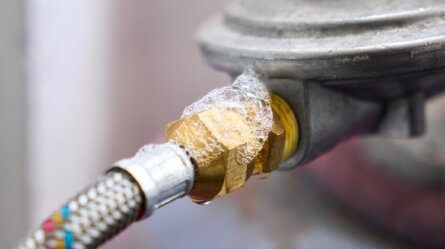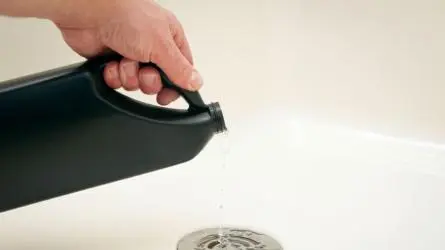Polybutylene pipes, installed in millions of homes between 1978 and 1995, initially seemed like a good idea. The plastic piping was cheap and easy to install. Over time, however, polybutylene has proven problematic, as the pipes become brittle and prone to cracks and pinhole leaks.
Even small leaks can cause mould, rot, and water damage over time. In severe cases, polybutylene pipes can fail catastrophically and cause major flooding. Full replacement of polybutylene plumbing systems is often needed at a high cost to homeowners.
This article provides homeowners with the knowledge to identify polybutylene pipes in their houses before significant problems occur. By understanding the telltale signs of polybutylene and confirming if it’s present, proactive steps can be taken to evaluate the plumbing and consider replacement options.
Polybutylene Piping: The Failed Plumbing Innovation
Polybutylene plastic was introduced in the 1970s as a pipe material specifically for residential plumbing systems. Polybutylene piping was marketed as a lower-cost alternative to traditional metal pipes.
Polybutylene is a lightweight, flexible plastic easily moulded into tubes and fittings. The plastic resin offered a piping material that was quicker and cheaper to install compared to rigid copper or galvanised steel.
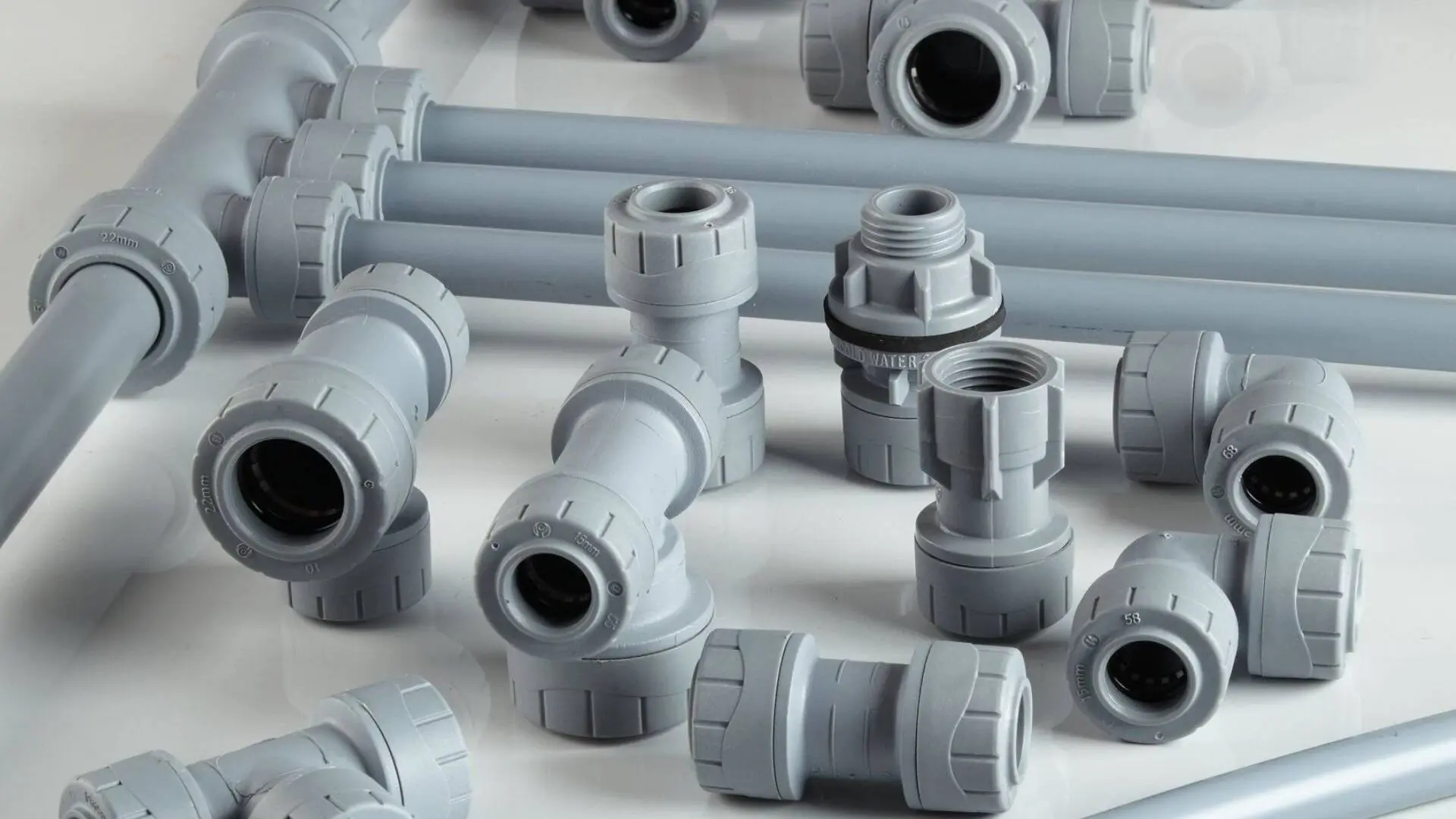
Between 1978 and 1995, builders installed polybutylene piping in over 10 million newly constructed homes across the United States. The material was in high demand during a housing boom because it significantly reduced construction costs compared to metal piping.
However, experience has shown polybutylene pipes have inherent flaws that make them unsuitable for long-term, reliable plumbing. Polybutylene becomes brittle and prone to cracking as the plastic ages over two decades or more.
The pipes also tend to scale and oxidise internally over time, which leads to leaks, ruptures, and failure. Even tiny cracks can gradually lead to water damage, mould growth, and catastrophic pipe failure.
Most experts advise that polybutylene piping has proven unreliable and should be replaced in ageing homes. The plastic lacks the durability and longevity required for safe residential plumbing systems.
Spotting the Signs of Polybutylene Piping in Your Home
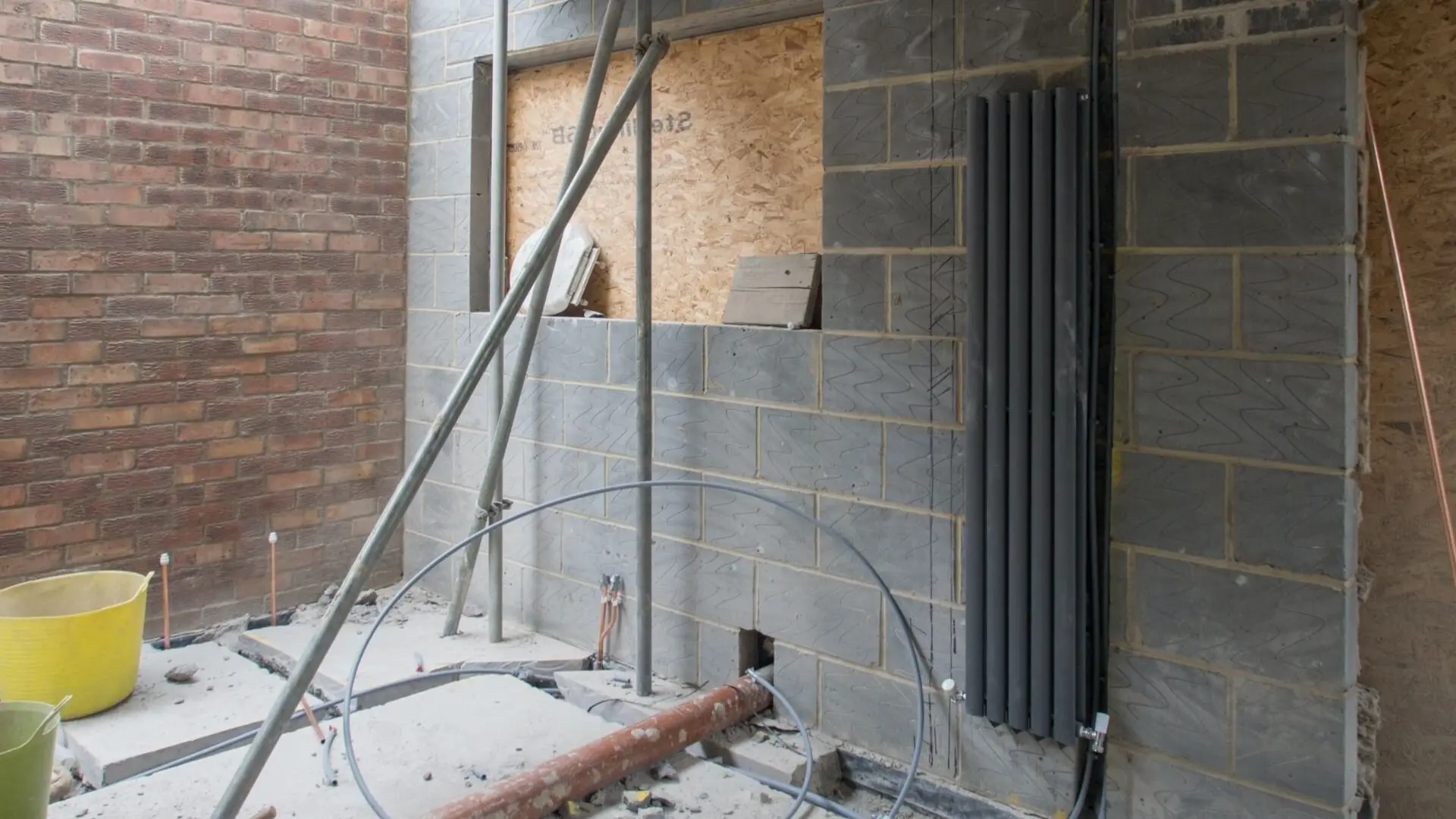
Visual Indicators of Polybutylene Pipes
You’ll recognise polybutylene pipes by their unique look. They’re flexible, grey or white, and often found exposed under sinks or around water heaters.
Printed markings on the exterior of polybutylene pipes explicitly state the material as “Polybutylene” or “PB”. Upon visual inspection, a homeowner may be able to identify sections of the plumbing that match the look of polybutylene.
Home Construction Date as a Clue
Along with visual clues, the timeframe when the home was constructed provides insights. Polybutylene was widely used during a relatively narrow window—from the late 1970s until the mid-1990s. Homes built within this time range are prime candidates for having polybutylene plumbing installed throughout the water supply system.
Where to Check for Polybutylene Pipes
Some locations to closely inspect for signs of polybutylene include under bathroom and kitchen sinks, near the water meter, and in the crawlspace or basement, where sections of the main water lines may be visible. You may see exposed polybutylene pipe sections that show clear markings.
Functional Signs of Ageing Pipes
Functional signs of ageing polybutylene pipes include lowering water pressure and flow from faucets or shower heads. This indicates that obstructions may already be forming inside the piping.
Small leaks in polybutylene pipes can also be apparent by water spots forming on walls or ceilings, a musty odour in the home, or areas of water-damaged floors near pipe locations.
Repair History as a Clue
If you have experienced recurring issues with pipe leaks and have had repairs done multiple times, it likely indicates polybutylene plumbing issues. The pipes become prone to pinhole leaks and cracking as they age, necessitating repeated replacement of problem sections over time. This is a clue that polybutylene exists.
Other Historical Indicators
Other indicators include previous homeowners mentioning the replacement of polybutylene pipes or a history of unexplained loss of water pressure or flow. If piping sections have already been replaced with PEX or copper, it suggests polybutylene was present. Any signs of major water damage or flooding could also result from a polybutylene system failure. Being alert to these visual, functional, and historical clues helps homeowners discern if their home contains polybutylene.
The Negatives of Polybutylene Plumbing
While polybutylene pipes provided a cost-effective option when initially installed, many problems have emerged that demonstrate why this plastic piping fails in the long run.
A primary issue is that polybutylene becomes fragile and brittle with age. After 10-15 years, microfractures develop in the pipes as plasticisers leach out, and oxidation causes material degradation. This increases the likelihood of leaks, cracking, and sudden ruptures. Pinhole leaks from small cracks are very common with older polybutylene. As rupture points spread, catastrophic pipe failures can happen without warning, leading to major flooding events.
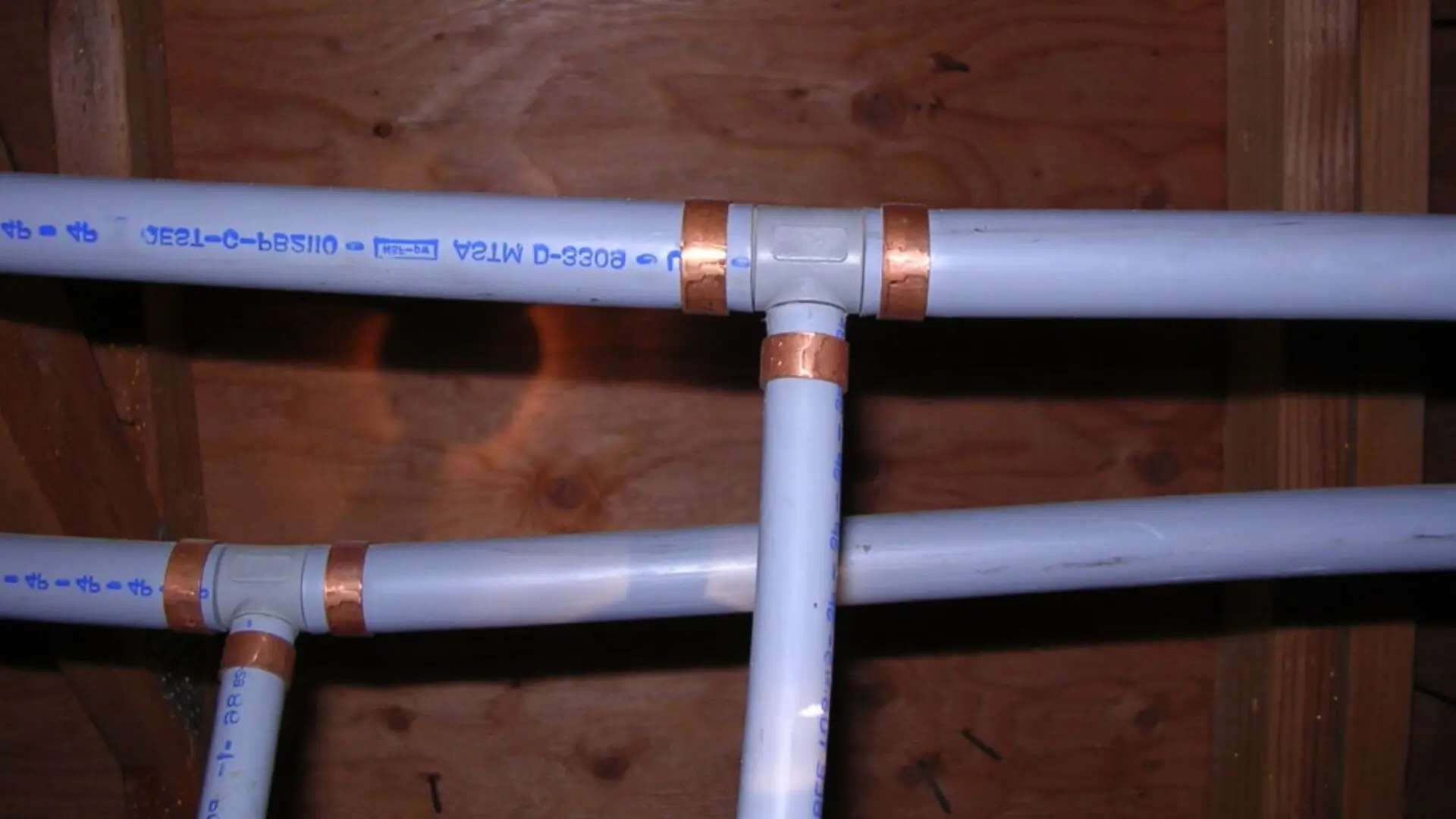
Even minor polybutylene leaks allow water ingress that can nurture mould growth and rot wooden structures. Left unaddressed over time, small leaks contribute to substantial water damage in walls and ceilings. Polybutylene’s tendency to crack and fail unpredictably means it does not provide reliable long-term service.
Once leakage problems start, repairs provide only temporary relief. Since the entire polybutylene plumbing system is likely brittle with age, other weak points are prone to fail after replacing one section. Eventually, repiping the whole system may be needed. However, this is costly due to access difficulties when pipes are embedded in walls or buried under foundation slabs.
Complete plumbing replacement often costs thousands but is sometimes unavoidable with polybutylene. Otherwise, homeowners face repeated repairs, escalating water damage risks, and gradually declining property values as home inspection reports chronicle the deficiencies.
When used for plumbing, Polybutylene’s inherent material flaws include a far too short lifespan, insidious water damage from minor leaks, and catastrophic failures always looming as the pipes degrade. The plastic does not adequately endure for safe, reliable, long-term water service.
Confirming If You Have Polybutylene Pipes
If you suspect your home’s plumbing contains polybutylene pipes based on the age of construction and signs of deterioration, it is advisable to get professional confirmation.
The best approach is to hire a licensed plumber to inspect the pipes and verify the materials. A qualified plumber can check all areas of the plumbing system, including visually inaccessible pipe runs in walls and under slabs. A plumber can provide definitive documentation on the type of pipes installed through selective openings and pipe camera inspection.
For a thorough evaluation, a comprehensive plumbing inspection can identify all ageing or deteriorating sections that need replacement. Inspect key areas like the utility room, basement, crawl spaces, and pipe chases for any visible sections that may be polybutylene. However, only a licensed plumber has the expertise to fully confirm polybutylene piping and evaluate system integrity through a comprehensive inspection.
Getting professional verification gives you accurate knowledge of your home’s plumbing makeup. Once polybutylene is confirmed, you can make informed decisions about entirely replacing the outdated piping to avoid catastrophic failures down the road.
Replacing Polybutylene Pipes
If you do have polybutylene pipes, a full repipe might be advised. This can be costly, involving materials, demolition, and labour. Make sure to get quotes from several licensed plumbers before moving forward.
PEX (cross-linked polyethylene) is now the standard plastic piping used to replace polybutylene. PEX is much more durable, flexible, and cheaper than copper. Repiping an entire house with PEX can cost thousands but provides long-term reliability.
A major home improvement project is a full repipe of a polybutylene plumbing system. It requires plumbers to cut into walls, jackhammer concrete foundation slabs, and do extensive demolition to access and replace all pipe runs. This will take several days and involve disruptions to water service.
Some people opt for partial repiping, focusing on sections with leaks or visible damage. However, this is often just a temporary fix, as other pipes might fail over time. While it buys time, it’s rarely a long-term solution.
A full repipe may be a wise investment to avoid ongoing issues. However, it is important to explore all replacement options and costs with professional plumbers.
Don’t Ignore the Risks of Polybutylene Pipes
If you suspect your Perth area home contains polybutylene piping, contact the licensed professionals at Woolf Plumbing & Gas today. We can inspect your plumbing system, confirm if polybutylene exists, and recommend the best replacement solutions.
With several years of experience, Woolf Plumbing & Gas has the expertise to properly identify and replace outdated polybutylene to prevent leaks, water damage, and other costly problems. Trust us for all your plumbing system upgrades and repairs. Reach out to Woolf Plumbing & Gas in Perth for a consultation about repiping services and maintaining the integrity of your plumbing for years to come.


